

The popularity of balanced advantage funds has soared in the last few years. The biggest attraction for investors being that balanced advantage funds increase equity exposure when the valuations go down so that profits can be reaped when the markets go up. Similarly when markets go up, the equity exposure is reduced and the funds till tilt more towards debt. The rebalancing acts are performed on the basis of research backed data and quantitative models which reduces the room for errors brought about by emotional bias. Besides this, there are other advantages of investing in balanced advantage funds:
Balanced advantage funds are treated like equity mutual funds. For a fund to be treated as equity mutual fund for taxation purposes, the equity plus arbitrage has to be 65% or more. A short term capital gains tax of 15% is levied if the investment has been held for less than 12 months. For investments held for more than 12 months, long term capital gains tax of 10% is applicable for gains exceeding 1,00,000 INR.
Things to considerAll Mutual Fund investors have to go through a one-time KYC (Know Your Customer) process. Investors should deal only with Registered Mutual Funds (RMF). For further information on KYC, RMFs and procedure to lodge a complaint in case of any grievance, you may refer the Knowledge Centre section available on the website of Mirae Asset Mutual Fund
Mutual fund investments are subject to market risks, read all scheme related documents carefully.

In a large majority of Indian families, wealth management is considered to be a male domain. Traditionally speaking, savings...
Read More...
India is witnessing a demographic shift in the way household finances are managed. Gone are the days when women in households were too shy to participate in financial decisions...
Read More...
Balanced Advantage Funds are an effective means for wealth creation as they steer market conditions in favour of the fund and volatility as a growth tool....
Read More...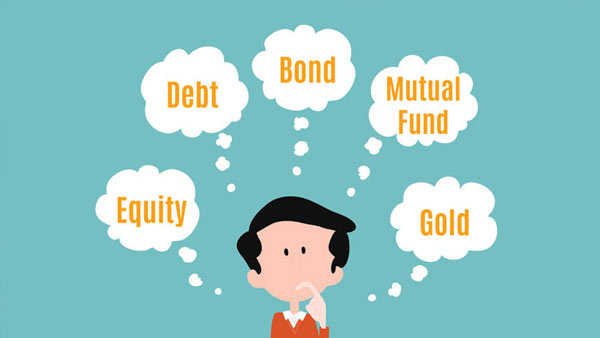
Equity Savings Funds are a relatively new financial instrument in the Indian investment landscape where the investment is split...
Read More...
Capital markets have been witnessing varying degrees of volatility over the past few years owing to multiple factors including...
Read More...
An investment in Target Maturity Funds combines the best of traditional savings products and debt funds.
Read More...
In times of volatility, Target Maturity Funds are a great option for investors looking for fixed duration returns within a specific maturity bracket.
Read More...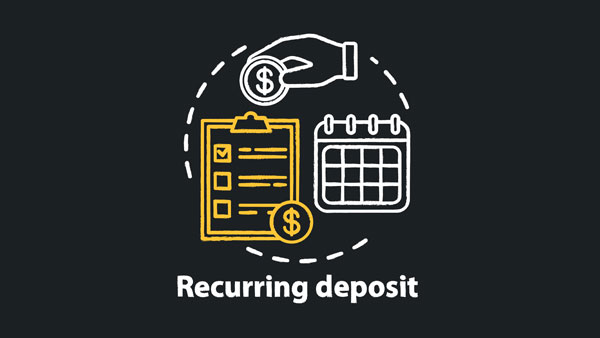
Systematic Investment Plans are emerging as a popular investment option as they are an amalgamation of the security that age-old recurring deposits offer along and the gains from Capital markets.
Read More...
An investment in SIPs allows your loved ones to reap the benefits of returns without stressing over volatility and also helps instill the discipline of investing for beginners.
Read More...
The contemporary world of thematic investing offers unique glimpses into India’s ever-evolving growth story – from AI to electric vehicles to renewable...
Read More...
The biggest advantage of thematic investing is that it lets investors capitalize on opportunities that have cropped up due to geopolitical, technological, or macroeconomic factors....
Read More...
The popularity of balanced advantage funds has soared in the last few years. The biggest attraction for investors being that balanced advantage funds...
Read More...
Balanced advantage funds also known as dynamic asset allocation funds are a category of mutual fund schemes that invest in a mix of equity and debt instruments.
Read More...
Asset allocation is a strategy that is considered a touchstone of a successful investment journey.
Read More...
Banking and financial services funds are equity funds that primarily invest in equities and equity...
Read More...
Thematic and sectoral funds have emerged as the new bandwagons in the mutual fund investment landscape and for all the right reasons.
Read More...
As investors, the journey of investments is a long and a constantly evolving one at that with numerous climaxes and plot points...
Read More...
The right asset allocation mix can provide ample opportunities for investors for tapping into the earning potential of equities while maintaining stability with debt instruments. However, decoding the right asset ...
Read More...
As is the case in our day-to-day lives where we often find ourselves realizing the importance of the axiom that “variety is the spice of life”, in the world of personal finance too, variety has an important place.
Read More...
The growth trajectory of the Indian economy over the last few decades has undoubtedly captured the attention of the world. However, the growth story continues
Read More...
Equity savings funds are open-ended mutual fund schemes in which the investments are spread across equity and debt funds and arbitrage securities.
Read More...
Smart investing is all about finding the right balance between risks and returns. By diversifying your portfolio with the appropriate mix of stable assets
Read More...
With increased focus on the environmental challenges plaguing various countries and communities in the world, there has been a marked shift in the way people are viewing their responsibilities in making the world a better place to live in.
Read More...
It is common knowledge that the future of our environment is in a precarious position and has become a priority for governments and businesses across the globe.
Read More...
Over the last few years, the world of investing has witnessed several shifts in the values that govern investments.
Read More...
The performance of debt mutual funds is intertwined with interest rate movements as the latter have a significant bearing based on the funds’ yield-to-maturity.
Read More...
Hybrid funds can be an excellent tool for investors to make the best of equity and debt asset classes. They provide ample opportunities for investors for tapping into the earning potential of equities while maintaining stability with investments in debt instruments.
Read More...
Decoding asset allocation can be a daunting task for many investors especially for those who are new to managing investments.
Read More...
A popular English axiom goes: “Variety is the essence of life.” In the world of personal finance too, variety has an important place. Financial planners, investment gurus and fund managers use the term diversification and it is considered one of the building blocks of a successful financial strategy.
Read More...
For many investors, foraying into the journey of investments and gauging the right mix of investment classes can be akin to finding the right ratio of ingredients for baking the perfect cake.
Read More...
“But what if the market is in a terrible condition when the timeline of my goal is nearing and I am about to redeem my equity investment?” For investors who shy away from equity investments owing to the risks involved, the fear ...
Read More...
Dabbling in equities can seem daunting if you are new to the world of investments. Yes, the charm of high returns can seem hard to repel and it may evoke a misplaced sense of...
Read More...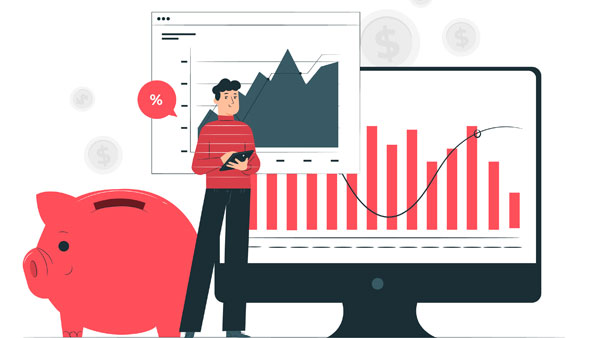
The beauty of hybrid fundsis that they come in all shapes and sizes – whether you are a conservative investor or have a high risk tolerance, hybrid schemes afford you the flexibility of maintaining your equity and debt...
Read More...
No financial plan is complete if it has no mention of an emergency corpus. An emergency corpus acts as shock absorber in times of distress...
Read More...
During its second bi-monthly monetary policy review for 2021-2022, the Reserve Bank of India announced that it would be keeping the main policy rates unchanged.
Read More...
My journey in the world of mutual fund investing is marked with phases where I had to teach myself new things and unlearn a lot of preconceived notions about mutual fund investments.
Read More...
In the last few months of 2020, the Indian economy’s recovery from the blows wielded by the first wave of the coronavirus pandemic was stable enough to make market mavericks hopeful.
Read More...
The resurgence of the coronavirus pandemic has cast doubts on the recovery of India’s economy. What with the second wave proving much worse than the previous one and localized lockdowns becoming the norm in various states in the country, businesses
Read More...
In India, fixed deposits continue to dominate the terrain of ‘comfort investments’ for a sizable section of investors. to guaranteed returns and low risks associated with fixed deposit investments, they have been the go-to investment option in India.
Read More...
Investing through SIPs across asset classes like Equity and Fixed Income helps you get the benefit of rupee cost averaging, which in the long run helps tackle the impact of market volatility on your portfolio.
Read More...
Ask any market maven and they will tell you that for building a strong investment portfolio, you need to have a clear idea about your goals and the horizon for them. That forms the crux of investment choices.
Read More...
When it comes to picking debt mutual funds for your portfolio, paying close attention to the interest rate cycle is paramount. If you have just started dabbling with debt fund investments...
Read More...
If you have recently forayed into the arena of debt fund investments or are planning to do so, then understanding how interest rate fluctuations can impact your...
Read More...
When it comes to building a portfolio that can withstand ripples in the market and generate returns suited to your goals, the addition of debt mutual funds like...
Read More...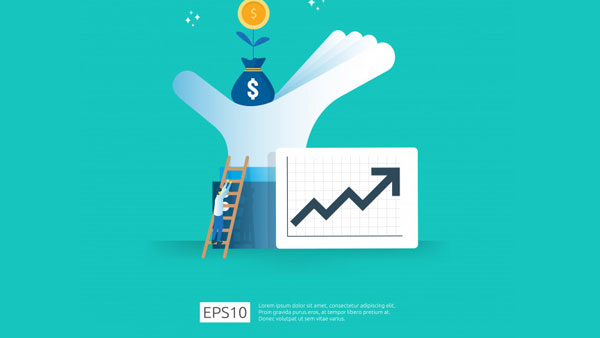
When it comes to debt fund investments, credit ratings of companies issued by credit rating agencies is considered to be the guiding light for investors.
Read More...
At a time when the markets and economy are recuperating from the inflictions caused by the COVID-19 pandemic, investors remain in a grey zone.
Read More...
For Anusha, the stream of losses that she incurred in her corporate bond fund portfolio came as a rude shock to her. She had purchased various corporate bonds in the last few months but what with Anusha
Read More...
In October 2020, data from the Association of Mutual Funds showed that debt schemes and corporate bond funds clocked the biggest inflows in more than a year.
Read More...
When investing in a debt instrument, the first consideration ‒ and for many of us the only material one ‒ is the yield to maturity (YTM) it offers.
Read More...
Bank fixed deposits (FDs) have traditionally been the most favoured debt investment option among Indians. But not anymore. With interest rates on FDs falling, especially over the past one year,
Read More...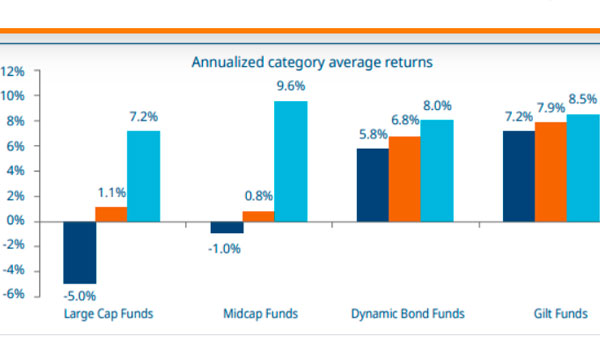
By investing a fixed amount every month (or any other interval) from your regular savings, you can invest over a long period of time and benefit from the power of compounding.
Read More...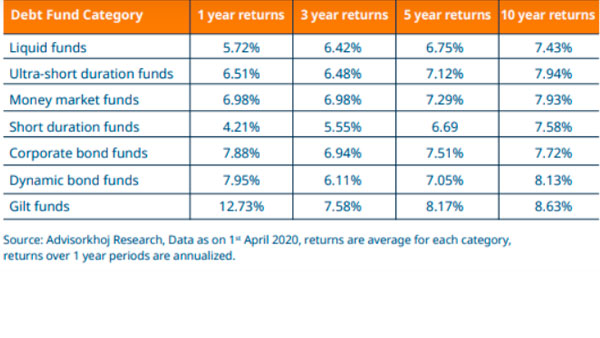
Debt funds are fixed income mutual fund schemes which invest in debt and money market instruments like CPs, CDs, Corporate Bond, T-Bills, G-Secs etc.
Read More...
The equity market's stellar performance has beckoned many investor to take huge exposure to the asset class. Though equity is one of the best wealth creators in the long term, it is prudent to include a less risky asset class such as debt to balance the investment portfolio.
Read More...
Bank fixed deposits and Government small savings schemes have been the traditional investment choice of average Indian households.As per Reserve Bank of India’s Quarterly Estimates of Household Financial Assets and Liabilities, Rs 4,753 billion was invested in bank FDs in FY 2018.
Read More...
In Episode 4 of ‘Winning Over Volatility, we evaluated how banking & PSU funds stand amid the economic downturn, and the dos and don’ts of investing in this category.
Read More..._1593088451941_1593088462624.jpg)
Episode 3 of ‘Winning Over Volatility’ shed light on ETFs and their rising popularity, how they compare to mutual funds, and whether now is the right time to invest in ETFs.
Read More...
In Episode 2 of ‘Winning Over Volatility’, organized in association with Mirae Asset Investment Managers (India) Pvt Ltd., we discussed how one should go about investing in debt funds, especially in light of the current economic downturn.
Read More..._1589893779393_1589893779609.jpg)
Swarup Mohanty, CEO, Mirae Asset Investment Managers (India) Pvt.Ltd, will join us for a discussion on May 22. It will focus on why it’s important to stay invested in the face of a pandemic, and the best way to go about it
Read More...
In the first episode of ‘Winning Over Volatility’, the CEO of Mirae Asset Investment Managers (India) Pvt.Ltd talks about rising investor maturity in India, the 2008 economic crisis, and more.
Read More...IE Disclaimer
An investor education initiative by Mirae Asset Mutual Fund.
For information KYC process, Registered Mutual Funds and the procedure to lodge a complaint, refer knowledge centre section available on the website of Mirae Asset Mutal Fund.
Mutual fund investments are subject to market risks, read all scheme related documents carefully.


